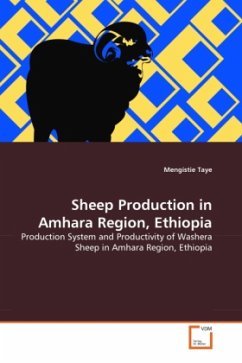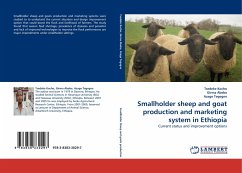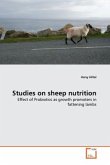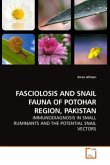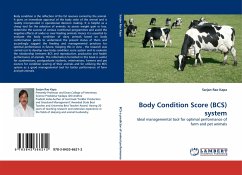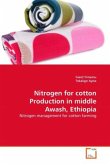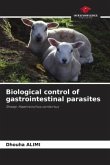Washera sheep is indigenous sheep breed of Ethiopia. It is reared in the traditional mixed crop-livestock production systems. The main feed source for sheep is communal pasture. Farmers house their sheep throughout the year. Breeding is year round which is predominantly uncontrolled. Docking the fat tail of ewe lambs is a common practice. Washera sheep is among the better productive sheep breeds of the country. It can reach sexual maturity at about ten months and give lamb at 15.5 months of age with a weight of 24.7 kg (of ewe weight). Washera sheep can lamb nearly three times in two years with average litter size of 1.11 lambs per ewe lambing or 1.5 lambs per ewe per year. Washera sheep has a birth weight of 2.7 kg with pre-weaning average daily weight gain of 103.7 grams day-1. Washera sheep can be sold for meat at six months of age with a live body weight of 15.4 kg. Production constraints need to be improved to improve the productivity of the breed. Integrated efforts combining improved nutrition, health and participatory community-based breeding would help the smallholder farmers to utilise and conserve this immense sheep genetic resource of Ethiopia.

